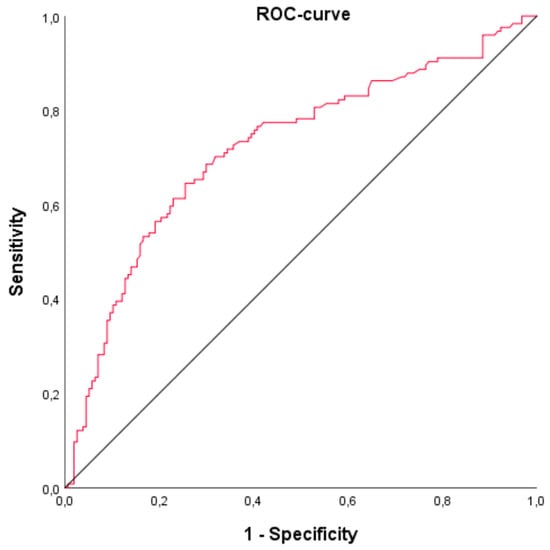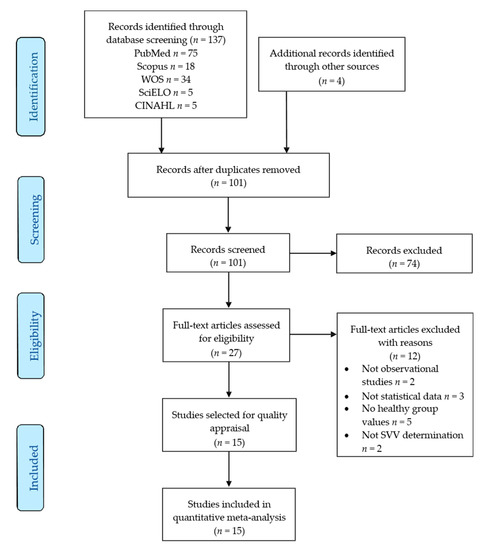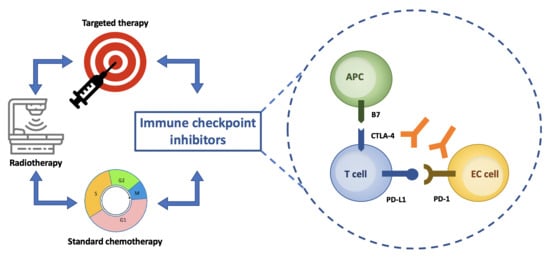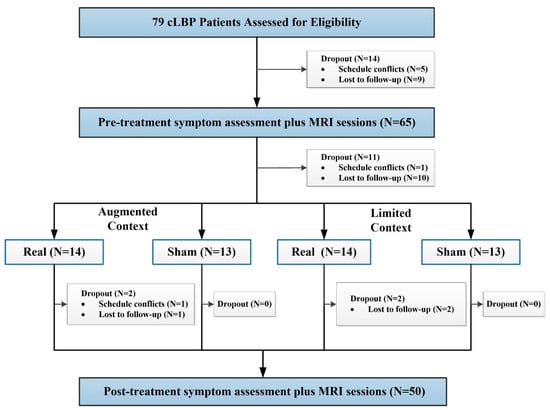J. Clin. Med. 2020, 9(6), 1732; https://doi.org/10.3390/jcm9061732 - 3 Jun 2020
Cited by 15 | Viewed by 3501
Abstract
Background: Insulin may play a key role in bone metabolism, where the anabolic effect predominates. This study aims to analyze the relationship between insulin resistance and bone quality using the trabecular bone score (TBS) and three-dimensional dual-energy X-ray absorptiometry (3D-DXA) in non-diabetic postmenopausal
[...] Read more.
Background: Insulin may play a key role in bone metabolism, where the anabolic effect predominates. This study aims to analyze the relationship between insulin resistance and bone quality using the trabecular bone score (TBS) and three-dimensional dual-energy X-ray absorptiometry (3D-DXA) in non-diabetic postmenopausal women by determining cortical and trabecular compartments. Methods: A cross-sectional study was conducted in non-diabetic postmenopausal women with suspected or diagnosed osteoporosis. The inclusion criteria were no menstruation for more than 12 months and low bone mass or osteoporosis as defined by DXA. Glucose was calculated using a Hitachi 917 auto-analyzer. Insulin was determined using an enzyme-linked immunosorbent assay (EIA). Insulin resistance was estimated using a homeostasis model assessment of insulin resistance (HOMA-IR). DXA, 3D-DXA, and TBS were thus collected. Moreover, we examined bone parameters according to quartile of insulin, hemoglobin A1C (HbA1c), and HOMA-IR. Results: In this study, we included 381 postmenopausal women. Women located in quartile 4 (Q4) of HOMA-IR had higher values of volumetric bone mineral density (vBMD) but not TBS. The increase was higher in the trabecular compartment (16.4%) than in the cortical compartment (6.4%). Similar results were obtained for insulin. Analysis of the quartiles by HbA1c showed no differences in densitometry values, however women in Q4 had lower levels of TBS. After adjusting for BMI, statistical significance was maintained for TBS, insulin, HOMA-IR, and HbA1c. Conclusions: In non-diabetic postmenopausal women there was a direct relationship between insulin resistance and vBMD, whose effect is directly related to greater weight. TBS had an inverse relationship with HbA1c, insulin, and insulin resistance unrelated to weight. This might be explained by the formation of advanced glycosylation products (AGEs) in the bone matrix, which reduces bone deformation capacity and resistance, as well as increases fragility.
Full article
(This article belongs to the Section Orthopedics)












